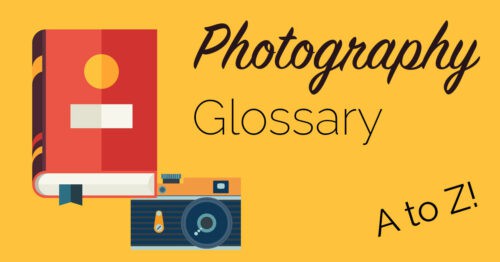What Is Manual Mode For On A Camera?
Manual mode on a camera allows the photographer to determine the exposure of an image by letting them select an aperture value and a shutter speed value. This give you ultimate control over the look of the photo, but you must have a deep understanding of exposure, and how shutter speed and aperture affect it.
When most people start out with photography, they let the camera work out the correct exposure in a fully automatic mode. On a DSLR, this mode is often labelled with a P, for “Program”. As knowledge of photography is increased, most people look towards the two semi-automatic exposure modes called aperture priority and shutter priority (AV, TV). These modes give the user control of either aperture or shutter speed, while letting the camera determine the remaining setting for best exposure.
Manual mode takes it one step further and gives you control over both, but why would you want to use it?
First off, I’d like to bust a myth about shooting in manual. It doesn’t make you a ‘pro’ and not all pros shoot in manual. In fact, the vast majority, myself included, do not shoot in manual. 90% of my photography is done in either shutter priority or aperture priority. The times when I switch to manual mode are simply when I think I can do a better job at judging the scene than my camera can. Typically this is when there is a very tough lighting situation, like a strong backlight for example, or rapidly changing light due to weather conditions like passing clouds. Camera’s also struggle to correctly meter very bright scenes, like a snowy landscape, so this would be another time when I think I can do a better job at choosing the exposure.
You would also shoot in manual mode when shooting panoramic images, since you want to make sure that every image you shoot has the same brightness for when you stitch them together.


